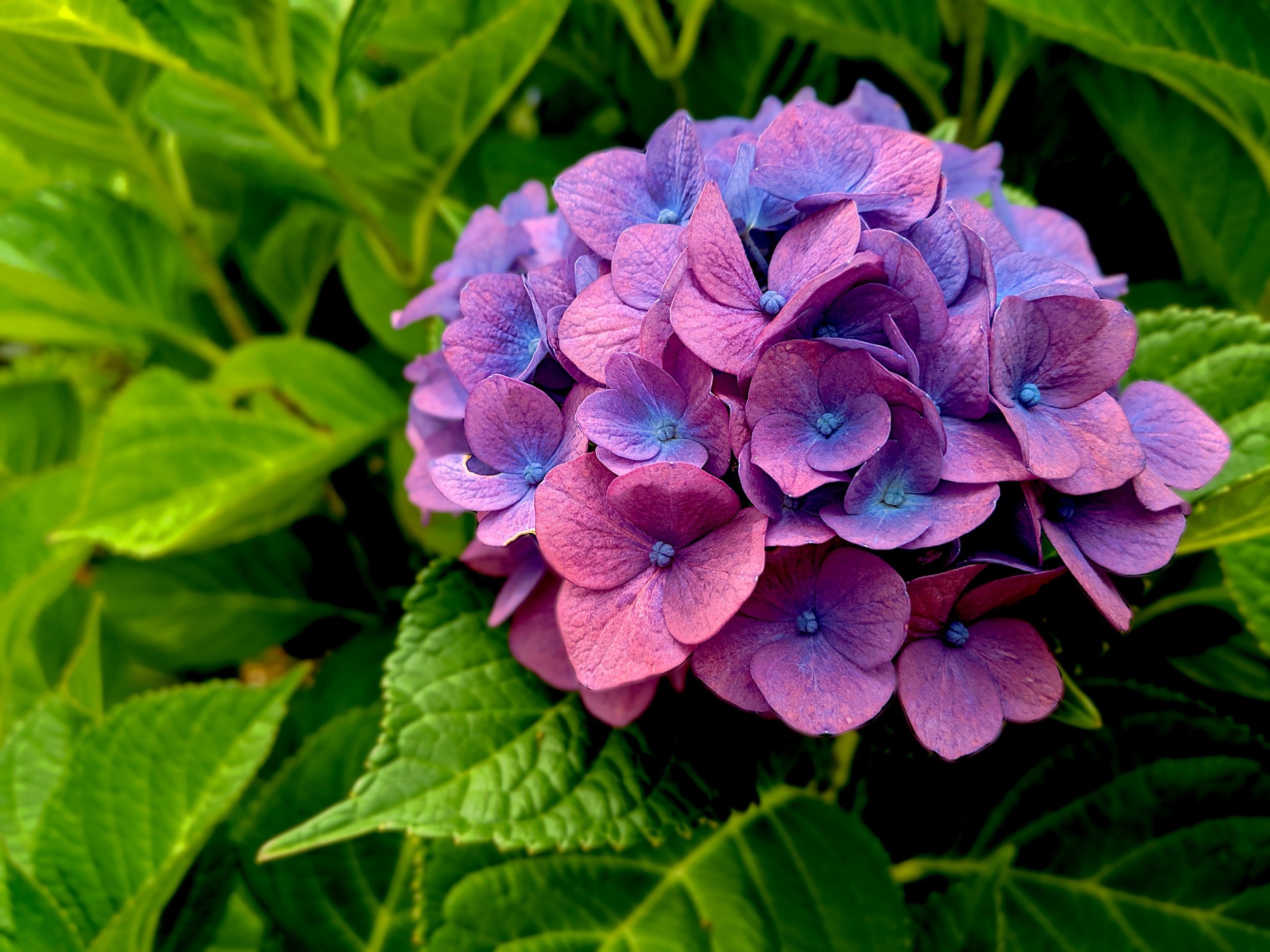The 30-Second Trick For Hydrangea Leaves Turning Yellow
Wiki Article
The Only Guide for Hydrangea Leaves Turning Yellow
Table of ContentsSome Ideas on Hydrangea Leaves Turning Yellow You Should KnowFascination About Hydrangea Leaves Turning YellowHow Hydrangea Leaves Turning Yellow can Save You Time, Stress, and Money.5 Easy Facts About Hydrangea Leaves Turning Yellow Described
One possibility is that the plant is not obtaining adequate sunshine. During the winter season months, the days are much shorter, and the sun is not as extreme, so ensure to put your Hydrangea in an area where it will access the very least 6 hours of sunlight each day. One more factor for Hydrangea yellow fallen leaves in winter season might be way too much water.Ultimately, the leaves could be turning yellow due to temperature anxiety. Hydrangeas like cooler temperatures, so if the plant remains in an area that obtains as well warm or as well chilly, the fallen leaves will certainly turn yellow. If you think temperature level tension might be the issue, try relocating your Hydrangea to a various area or shielding it from the components with a cloth cover.
New growth will be observed in early spring, when you'll observe environment-friendly foliage growing from stems that could have shown up dead. However, if your fallen leaves are turning brown in spring or summertime, there are most likely other variables at play. The accurate reasons depend upon the range and their growing conditions, but generally, brownish hydrangea fallen leaves signify dehydration and wilting in the heat
In the springtime when the mercury remains relatively low, they'll do fine. When points warm up over the summer season nonetheless, time spent in the early mid-day rays can create untold damage.: Expand your hydrangeas in a place where they'll get sunlight in the mornings or nights, however not during the peak hours.
Some Known Factual Statements About Hydrangea Leaves Turning Yellow
Wilting is triggered by lack of wetness, indicating there are a few great tricks to utilize to avoid this from happening. Provide your hydrangeas a healthy glug of water every couple of days when the temperature levels are climbing high, and treat the dirt to far better preserve dampness. After watering, a bit of mulch around the base of each plant ought to aid with this by keeping moisture in the dirt.This interrupts fungis spores from settling. "The Botrytis fungus prospers in great and damp conditions, so stay clear of showering the entire plant when sprinkling and just water at the origins," shares Roy Nicol, a Master Gardener - Hydrangea Leaves Turning Yellow. If you've missed the possibility for avoidance and are taking care of an infection you ought to get rid of all dead or significantly contaminated fallen leaves from the plant and destroy them to stop additional spread
As a basic general rule, we advise getting rid official statement of fallen leaves when they are 50% brownish or greater. While browning brought on by any kind of reason can not be turned around, taking the restorative activity described above will urge the plant to expand new fallen leaves so the damaged fallen leaves either diminish normally or can be removed by the garden enthusiast.
Hydrangeas should be sprinkled only when the top few inches of dirt are dry, and must be provided a thorough saturating each time. Underwatered hydrangeas are likely to have yellow, wilting, and drooping leaves.
Hydrangea Leaves Turning Yellow - An Overview
The method you deal with hydrangea leaves transforming yellow depends on the vital concern creating the yellow leaves. This can be hard to determine, yet as soon as you do you will be able to readjust your plant treatment accordingly to deal with the problem. As pointed out previously, an usual concern with hydrangeas is vitamins and mineral deficiencies.Throughout the height growing season, you need to sprinkle at a rate of regarding 1 inch per week. If you are fretted about not properly watering your hydrangeas, there are her explanation a couple of things you can do. Adding compost to the base of the plants over the root zone help to manage the temperature around the shrub and preserve water in the soil.

If it is also extreme, some plants will certainly never ever recover from transplant shock and will proceed to decline up until they die. Reduce transplant shock by including as many origins as feasible when excavating up your plant to relocate. Make sure to supply more water than normal in the weeks following planting to aid about his your plant recoup and expand brand-new origins.
An Unbiased View of Hydrangea Leaves Turning Yellow
To prevent spreading fungal diseases, make sure to thouroughly tidy and sanitize any type of pruning devices before and after usage. You can attempt to purge the roots with water to remove excess fertlizer.
If you do not sprinkle your hydrangea plant for more than a week, the fallen leaves will begin transforming yellow. Fungal illness that assault the plants often tend to reveal indicators on the origins and the fallen leaves of the plant.
Fallen leave place is an additional fungal condition that can target hydrangea. It results in the leaves turning yellow and the appearance of brown and purple spots on the leaves.
Report this wiki page